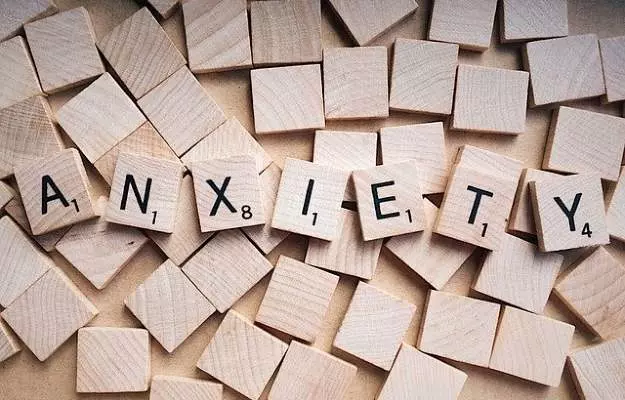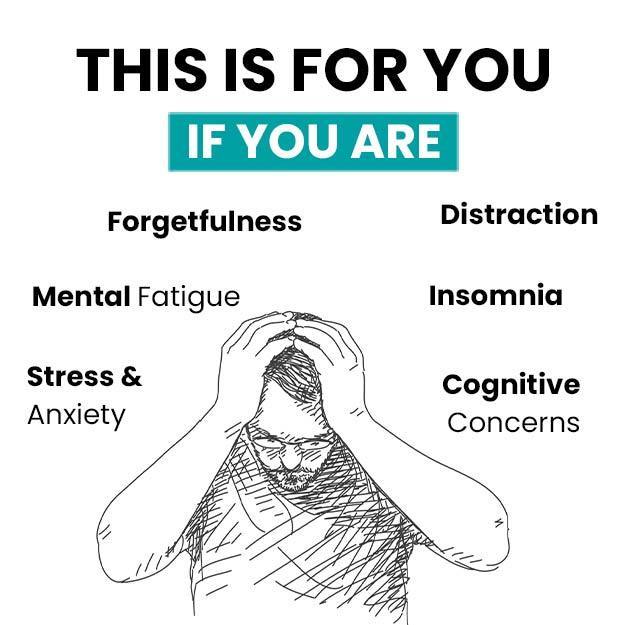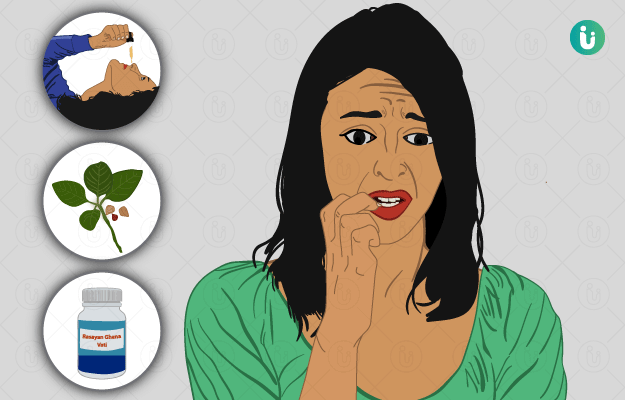Anxiety can be defined as a feeling of intense fear or worry which can reduce one's ability to process or cope with a particular thought. It is also the human body's natural response to feelings of stress.
Although it is a natural reaction, anxiety can be felt differently by different people, and is primarily caused by either emotional or certain medical problems.
Data show that a modern lifestyle and the various pressures that come with it are driving up cases of anxiety disorders. An American Psychiatric Association poll in 2017 suggested that nearly two-thirds of the sample size were experiencing anxiety about their well-being, and another one-third feeling more anxious than the previous year in general.
The same year, a study published in The Lancet Psychiatry noted that about one in seven Indians was suffering from a mental health disorder. Of the 197 million people with a mental health problem in the country, about 45 million were suffering from anxiety disorders alone, according to the study.
This increased burden of mental health problems around the world has occasioned numerous studies for understanding the problem more deeply. A study published in the journal Scientific Reports in July 2020 has tried to look at the physical manifestation of anxiety in the brain to be able to come up with more effective ways to diagnose and treat the condition.
Read more: Home remedies for stress





























